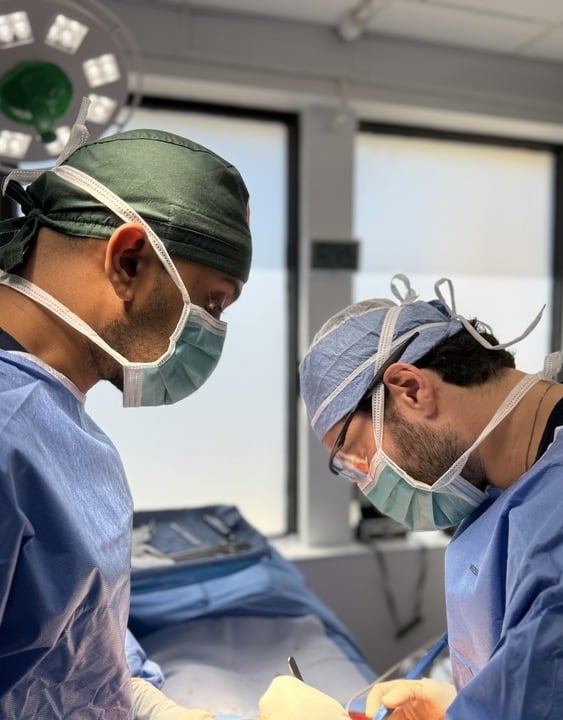
How Much Does Breast Augmentation Cost in South Florida?
Breast augmentation remains one of the most requested cosmetic procedures in the country, consistently chosen by women who want to enhance fullness, restore lost volume,

Breast augmentation remains one of the most requested cosmetic procedures in the country, consistently chosen by women who want to enhance fullness, restore lost volume,

Having a baby can be one of the most meaningful and joyful experiences in a woman’s life. However, it can also bring lasting changes to

The Brazilian Butt Lift (BBL) continues to be one of the most in-demand body contouring surgeries in the country, and South Florida remains one of

Introduction: Three Modern Paths to Beautiful, Personalized Breast Augmentation Results Modern breast enhancement is no longer one-size-fits-all—it’s a spectrum of choices designed to fit your

Liposuction continues to be one of the most sought-after body contouring procedures in the United States, especially in regions like South Florida where sculpted silhouettes

A New Era of Empowered Choice: Breast Reduction and Implant Removal The world of aesthetic surgery has entered a new phase—one where confidence, comfort, and

Introduction: Why Body Contouring Matters Body contouring has become one of the fastest-growing categories in aesthetic plastic surgery and medical spa treatments—especially here in South

A Closer Look at Liposuction in South Florida Liposuction—often called lipo for short—has become one of the most requested cosmetic procedures in South Florida. With

Liposuction remains one of the most in-demand cosmetic procedures in South Florida, and for good reason. With over 200,000 procedures performed annually across the U.S.,
915 Middle River Dr. #213
Fort Lauderdale, FL 33304
Teléfono: (954) 565-7575
Política de privacidad | Privacidad HIPAA Aviso de accesibilidad Condiciones de uso Política de reembolso y cancelación Copyright © 2025 South Florida Center for Cosmetic Surgery. Todos los derechos reservados.